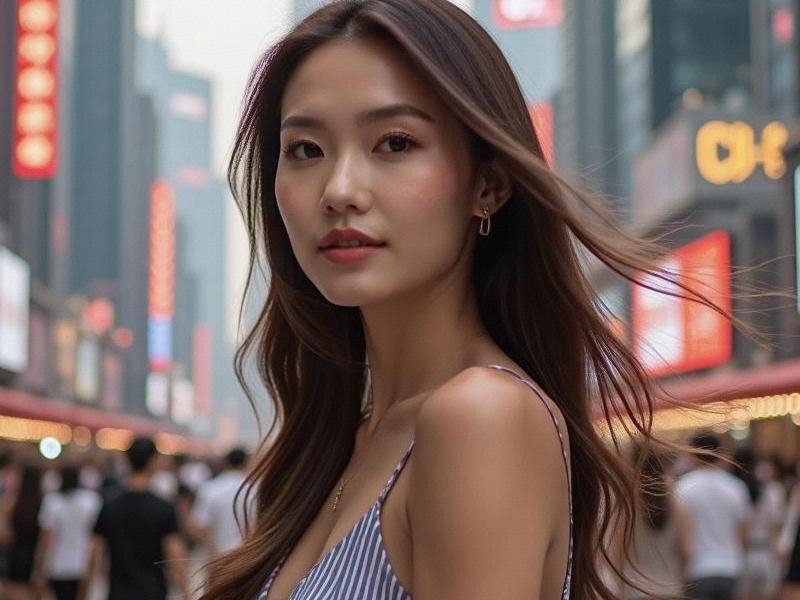This investigative report examines Shanghai's cultural transformation as it evolves from an economic powerhouse into Asia's newest cultural capital. The article explores major cultural projects, their economic impact, and how Shanghai is balancing commercialization with artistic authenticity.

In the shadow of Shanghai's iconic skyscrapers, a quiet revolution is unfolding. The city long known as China's financial center is rapidly transforming into one of Asia's most vibrant cultural hubs. From the industrial warehouses turned art galleries along the West Bund to the avant-garde performances at the newly opened Grand Theatre 2.0, Shanghai is experiencing what local artists call its "second cultural golden age."
The numbers tell a compelling story. Since 2020, Shanghai has added 47 new museums, 132 art galleries, and 19 performance venues - more than any other city worldwide during this period. The municipal government's "Cultural Shanghai 2030" plan has allocated $2.3 billion to creative industries, resulting in cultural sector growth outpacing both finance and technology at 14.7% annually.
新夜上海论坛 At the heart of this transformation is the West Bund Museum Cluster, a 2.5-kilometer stretch of former industrial sites along the Huangpu River that now houses the Shanghai branches of Centre Pompidou and the Tate Modern. "This is becoming the Museum Mile of the East," says French curator Marie Lefebvre, who recently relocated from Paris to Shanghai. "The energy here reminds me of New York's SoHo in the 1980s - that same sense of raw creativity meeting urban regeneration."
Commercial success, however, brings its own challenges. Rising rents in the M50 art district have forced many local artists to relocate to suburban Songjiang, creating what critics call "cultural gentrification." The controversial demolition of the historic Black Bridge artist village in 2023 sparked protests about preserving authentic creative spaces amid rapid development.
上海龙凤419社区
Yet the cultural economy continues to thrive. Last year's Shanghai International Art Festival attracted over 2 million visitors, while the newly established Shanghai Biennale Foundation has secured partnerships with 38 international art institutions. Meanwhile, homegrown talents like multimedia artist Chen Tianzhuo and fashion designer Susan Fang are gaining global recognition, proving Shanghai can produce world-class creatives, not just host them.
上海龙凤419 As Shanghai prepares to become UNESCO's next "City of Design" in 2026, the question remains: Can this commercial metropolis sustain its cultural momentum while maintaining artistic integrity? For now, the creative energy flowing through Shanghai's repurposed factories and sleek new cultural landmarks suggests this is more than just another economic diversification strategy - it's the emergence of a truly global cultural capital.
The implications extend beyond art. Shanghai's cultural renaissance is reshaping urban planning, education, and even diplomatic relations through initiatives like the Belt and Road Cultural Exchange Fund. As Deputy Mayor Zhong Ming stated at last month's Culture Summit: "In the 20th century, Shanghai learned from the world. In the 21st century, the world will learn from Shanghai."